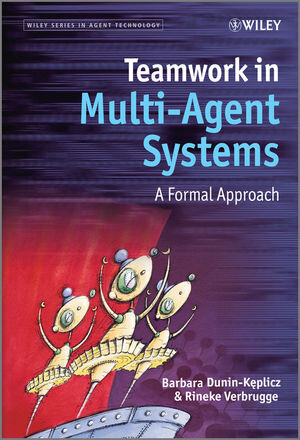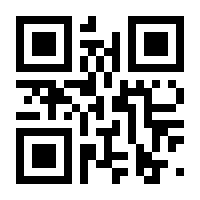
„In sum, the prospective contribution of this book isexpected to have an impact on a number of aspects that revolvearound the modeling and simulation of teamwork, both from theoryand application issues. Therefore, I recommend it to researchers incomputer sciences, organization theory and social psychology whoare interested in collective thinking, collaborative work andorganizational phenomena, as well as to practitioners who dealeveryday with the challenge of managing teams in many differentsettings.“ (Journal of Artificial Societies and SocialSimulation, February 2011)
Teamwork in Multi-Agent Systems
A Formal Approach
von Barbara Maria Dunin-Keplicz und Rineke VerbruggeWhat makes teamwork tick?
Cooperation matters, in daily life and in complex applications. After all, many tasks need more than a single agent to beeffectively performed. Therefore, teamwork rules!
Teams are social groups of agents dedicated to the fulfilment ofparticular persistent tasks. In modern multiagent environments, heterogeneous teams often consist of autonomous software agents, various types of robots and human beings.
Teamwork in Multi-agent Systems: A Formal Approachexplains teamwork rules in terms of agents' attitudes and theircomplex interplay. It provides the first comprehensive logicaltheory, TeamLog, underpinning teamwork in dynamic environments. Theauthors justify design choices by showing TeamLog in action.
The book guides the reader through a fascinating discussion ofissues essential for teamwork to be successful:
* What is teamwork, and how can a logical view of it help indesigning teams of agents?
* What is the role of agents' awareness in an uncertain, dynamicenvironment?
* How does collective intention constitute a team?
* How are plan-based collective commitments related to teamaction?
* How can one tune collective commitment to the team'sorganizational structure and its communication abilities?
* What are the methodological underpinnings for teamwork in adynamic environment?
* How does a team and its attitudes adjust to changingcircumstances?
* How do collective intentions and collective commitments arisethrough dialogue?
* What is the computational complexity of TeamLog?
* How can one make TeamLog efficient in applications?
This book is an invaluable resource for researchers and graduatestudents in computer science and artificial intelligence as well asfor developers of multi-agent systems. Students and researchers inorganizational science, in particular those investigating teamwork, will also find this book insightful. Since the authors madean effort to introduce TeamLog as a conceptual model of teamwork, understanding most of the book requires solely a basic logicalbackground.
Cooperation matters, in daily life and in complex applications. After all, many tasks need more than a single agent to beeffectively performed. Therefore, teamwork rules!
Teams are social groups of agents dedicated to the fulfilment ofparticular persistent tasks. In modern multiagent environments, heterogeneous teams often consist of autonomous software agents, various types of robots and human beings.
Teamwork in Multi-agent Systems: A Formal Approachexplains teamwork rules in terms of agents' attitudes and theircomplex interplay. It provides the first comprehensive logicaltheory, TeamLog, underpinning teamwork in dynamic environments. Theauthors justify design choices by showing TeamLog in action.
The book guides the reader through a fascinating discussion ofissues essential for teamwork to be successful:
* What is teamwork, and how can a logical view of it help indesigning teams of agents?
* What is the role of agents' awareness in an uncertain, dynamicenvironment?
* How does collective intention constitute a team?
* How are plan-based collective commitments related to teamaction?
* How can one tune collective commitment to the team'sorganizational structure and its communication abilities?
* What are the methodological underpinnings for teamwork in adynamic environment?
* How does a team and its attitudes adjust to changingcircumstances?
* How do collective intentions and collective commitments arisethrough dialogue?
* What is the computational complexity of TeamLog?
* How can one make TeamLog efficient in applications?
This book is an invaluable resource for researchers and graduatestudents in computer science and artificial intelligence as well asfor developers of multi-agent systems. Students and researchers inorganizational science, in particular those investigating teamwork, will also find this book insightful. Since the authors madean effort to introduce TeamLog as a conceptual model of teamwork, understanding most of the book requires solely a basic logicalbackground.






